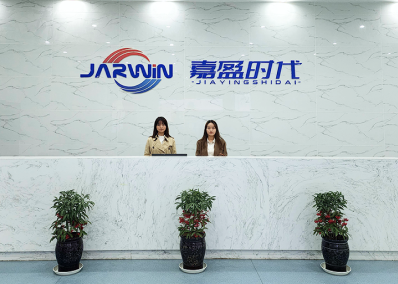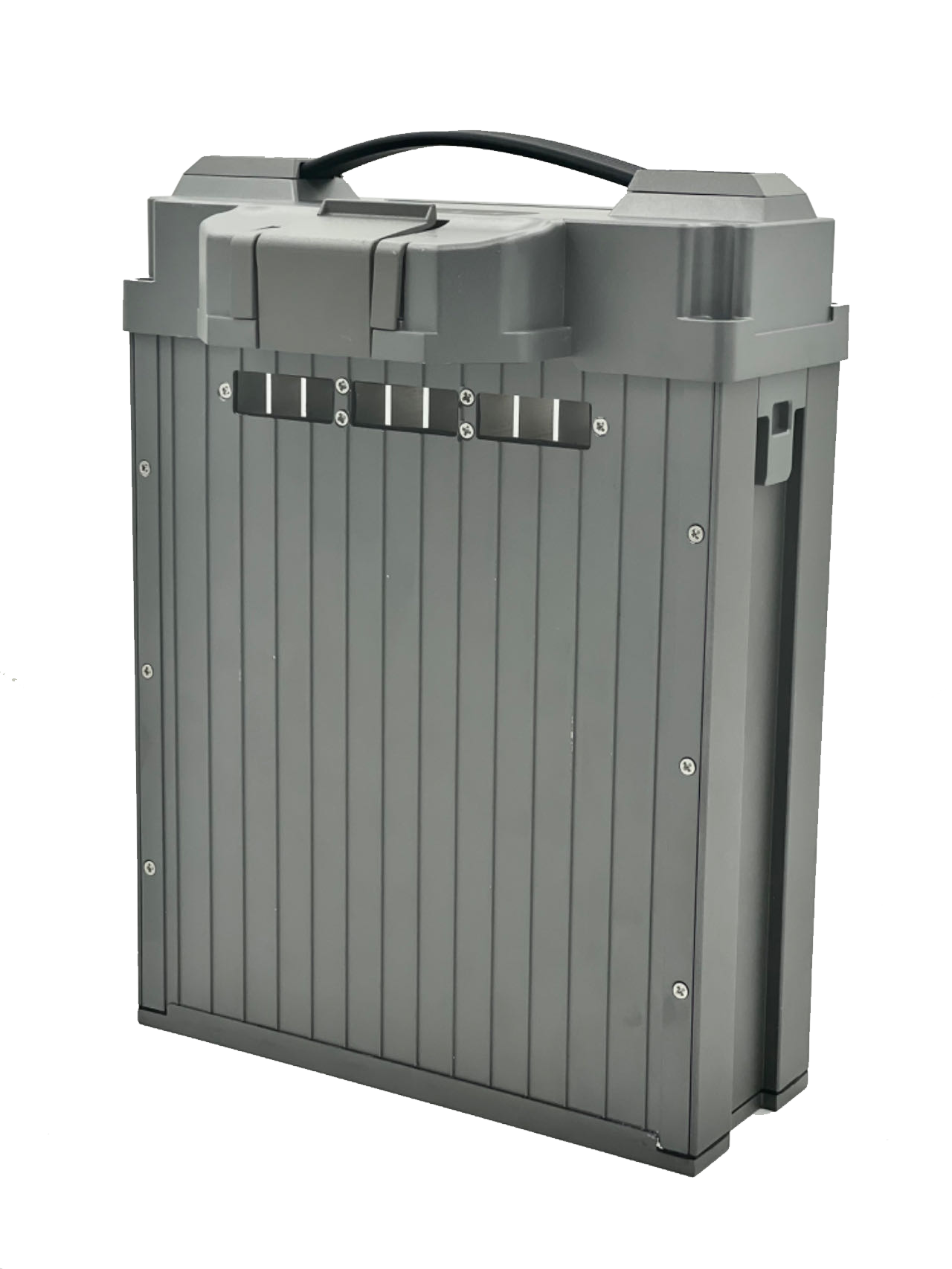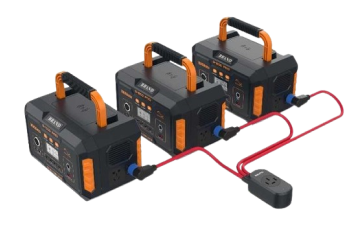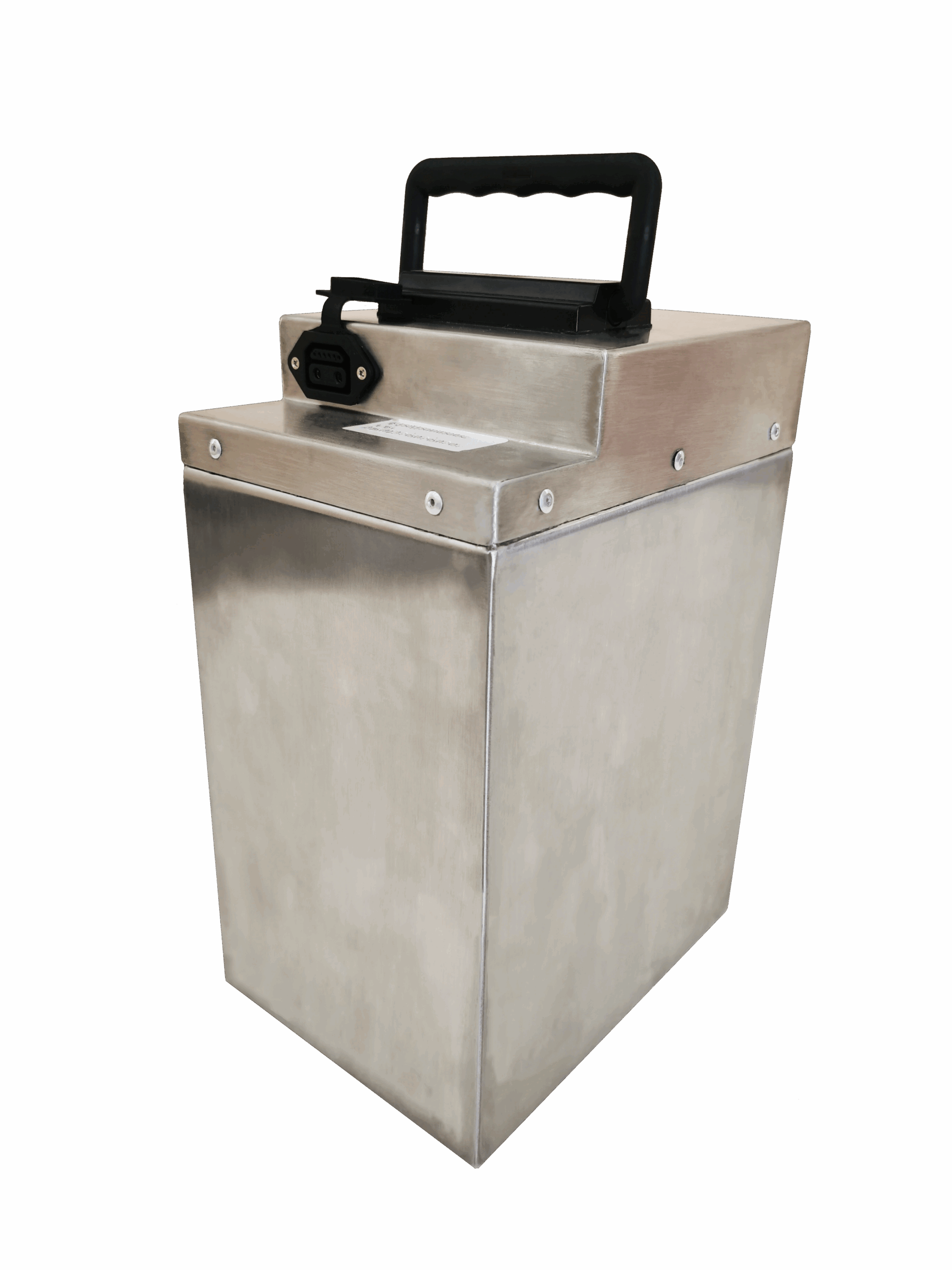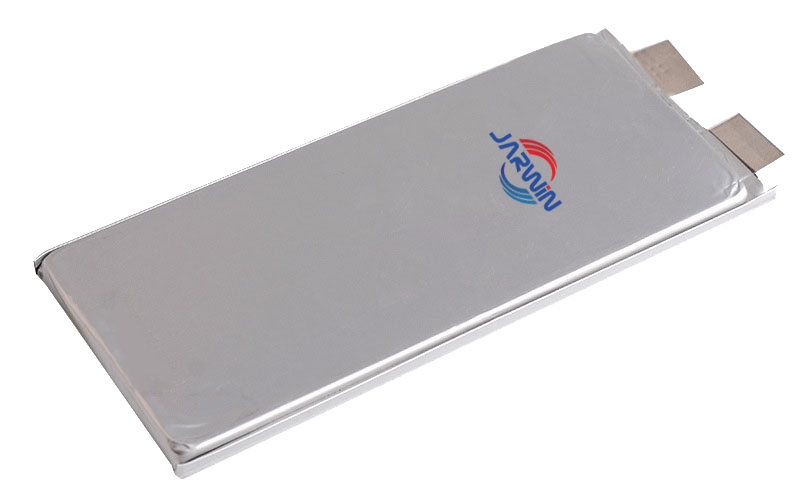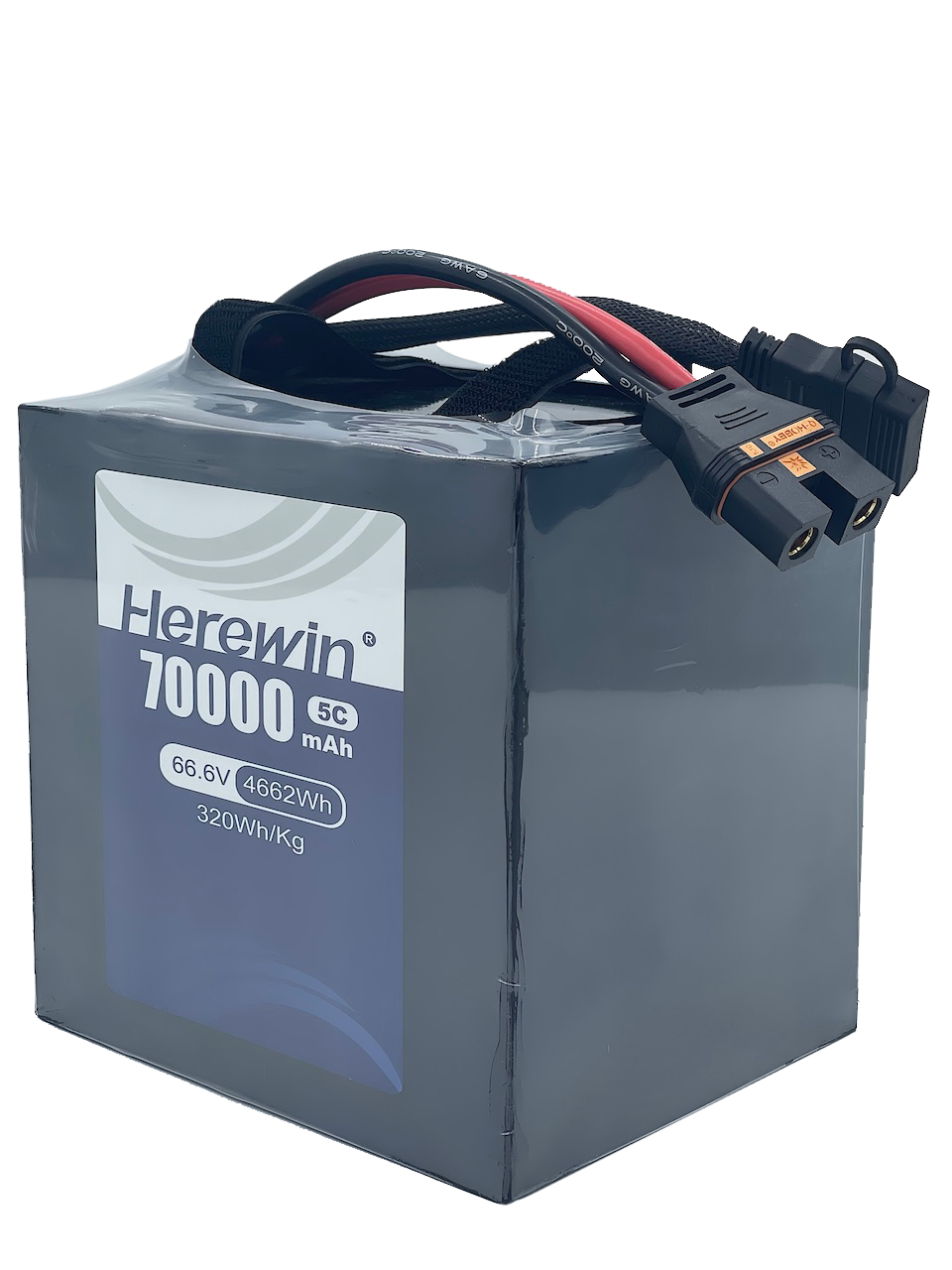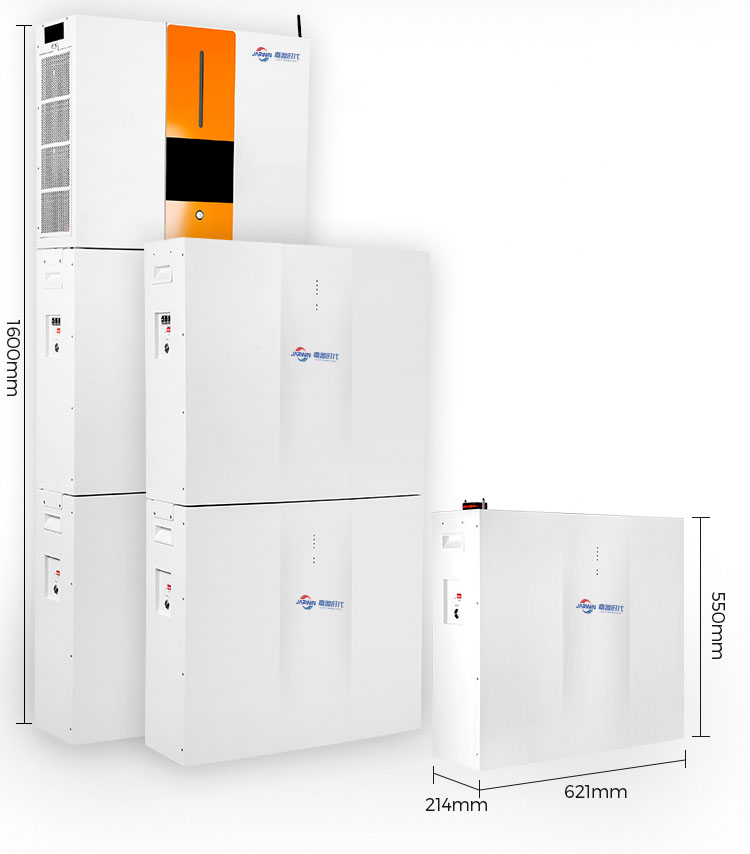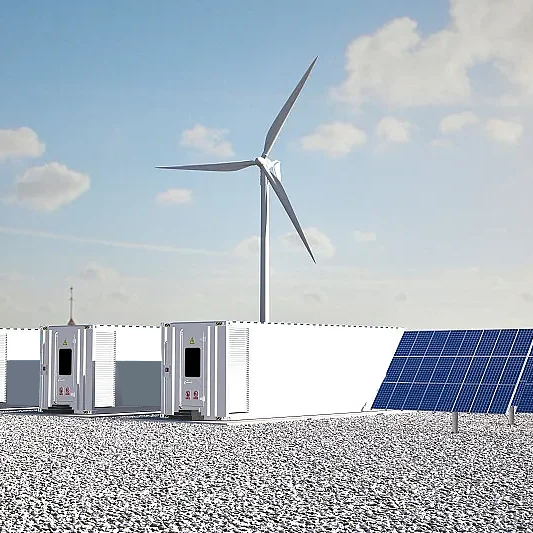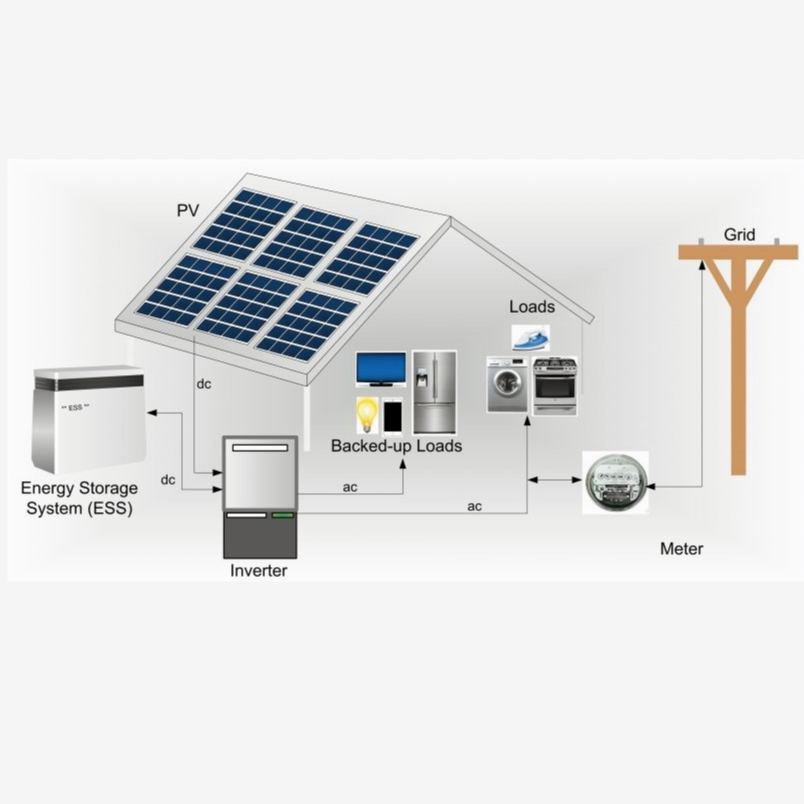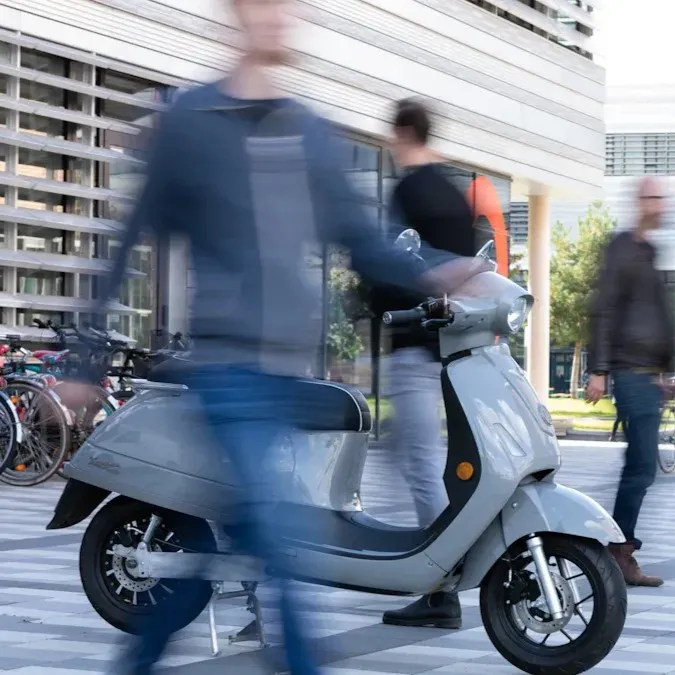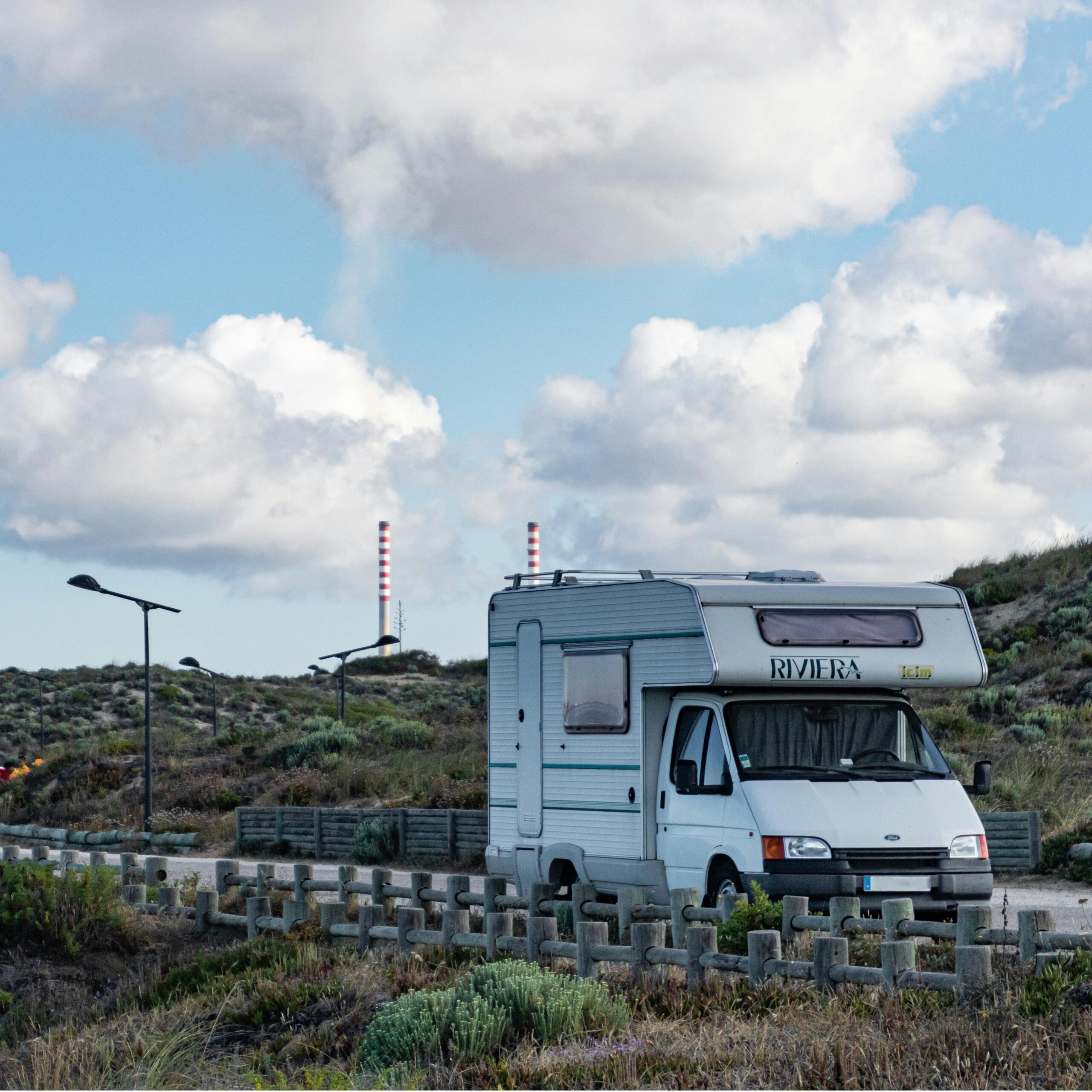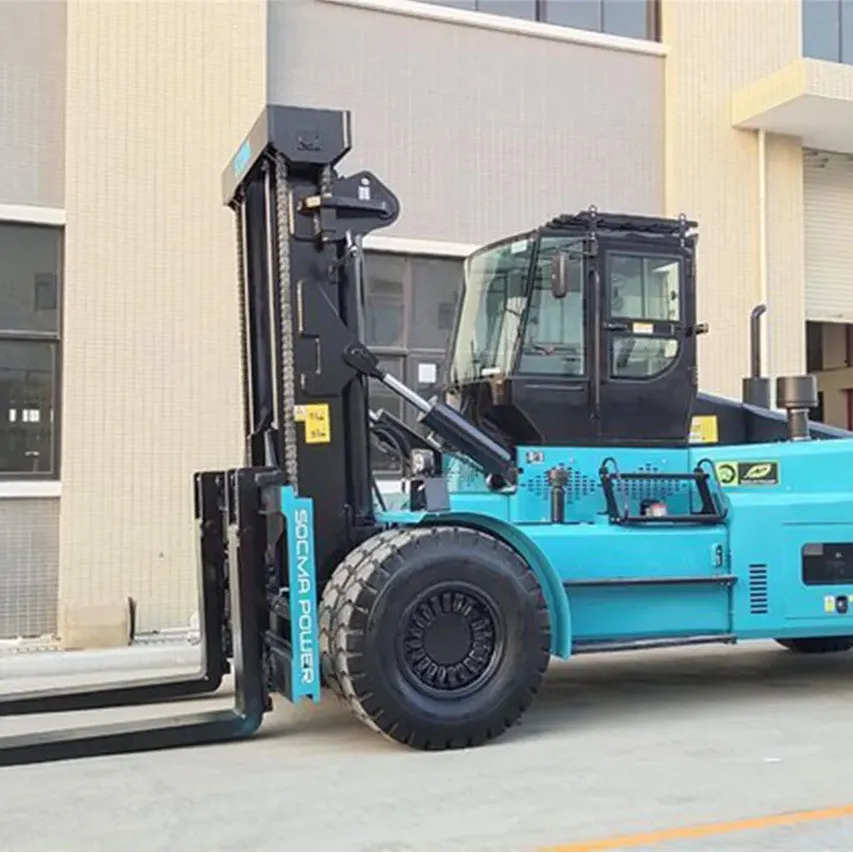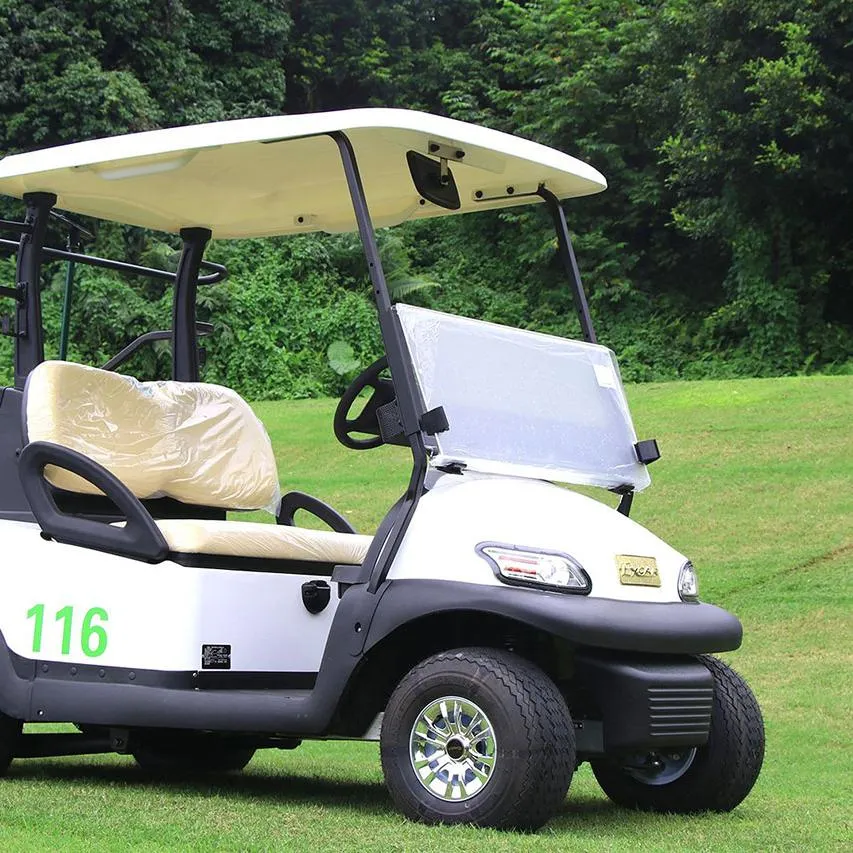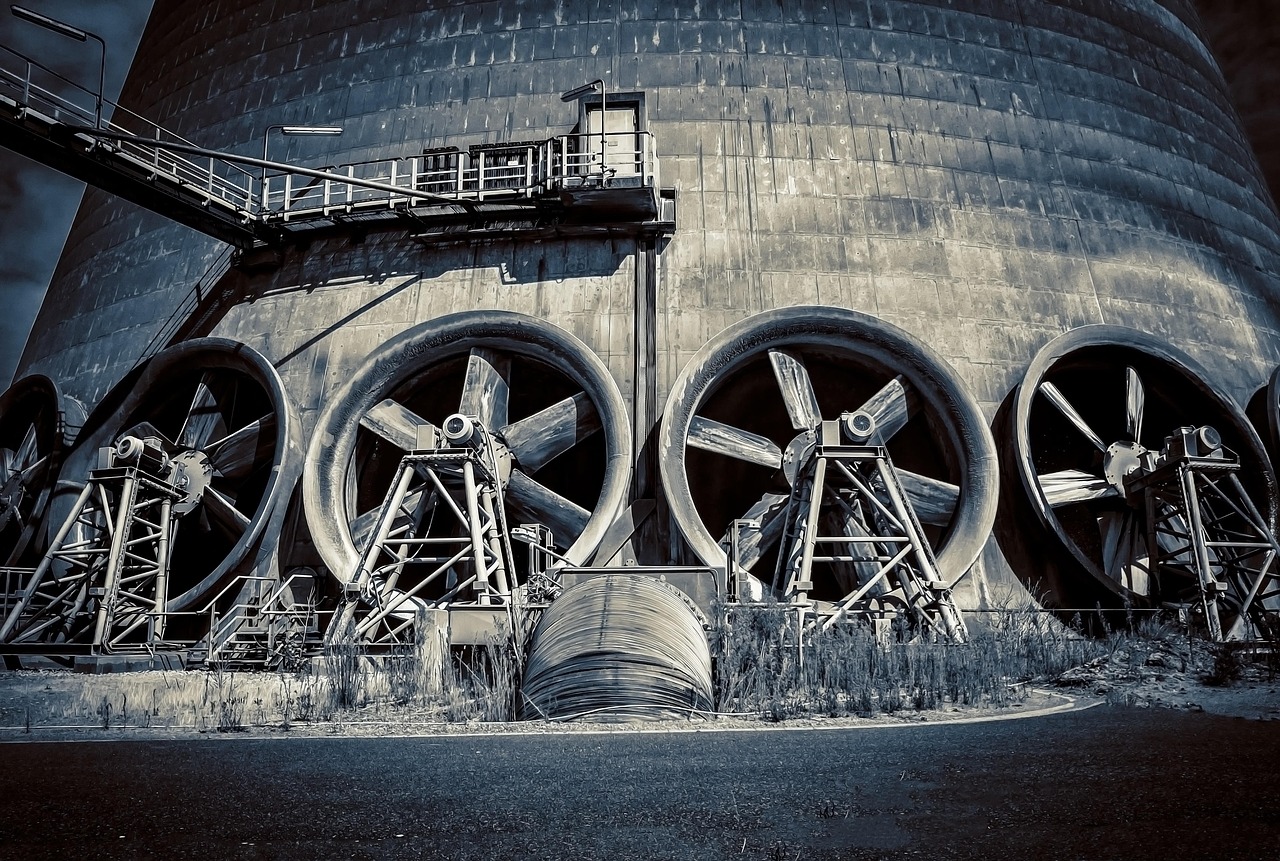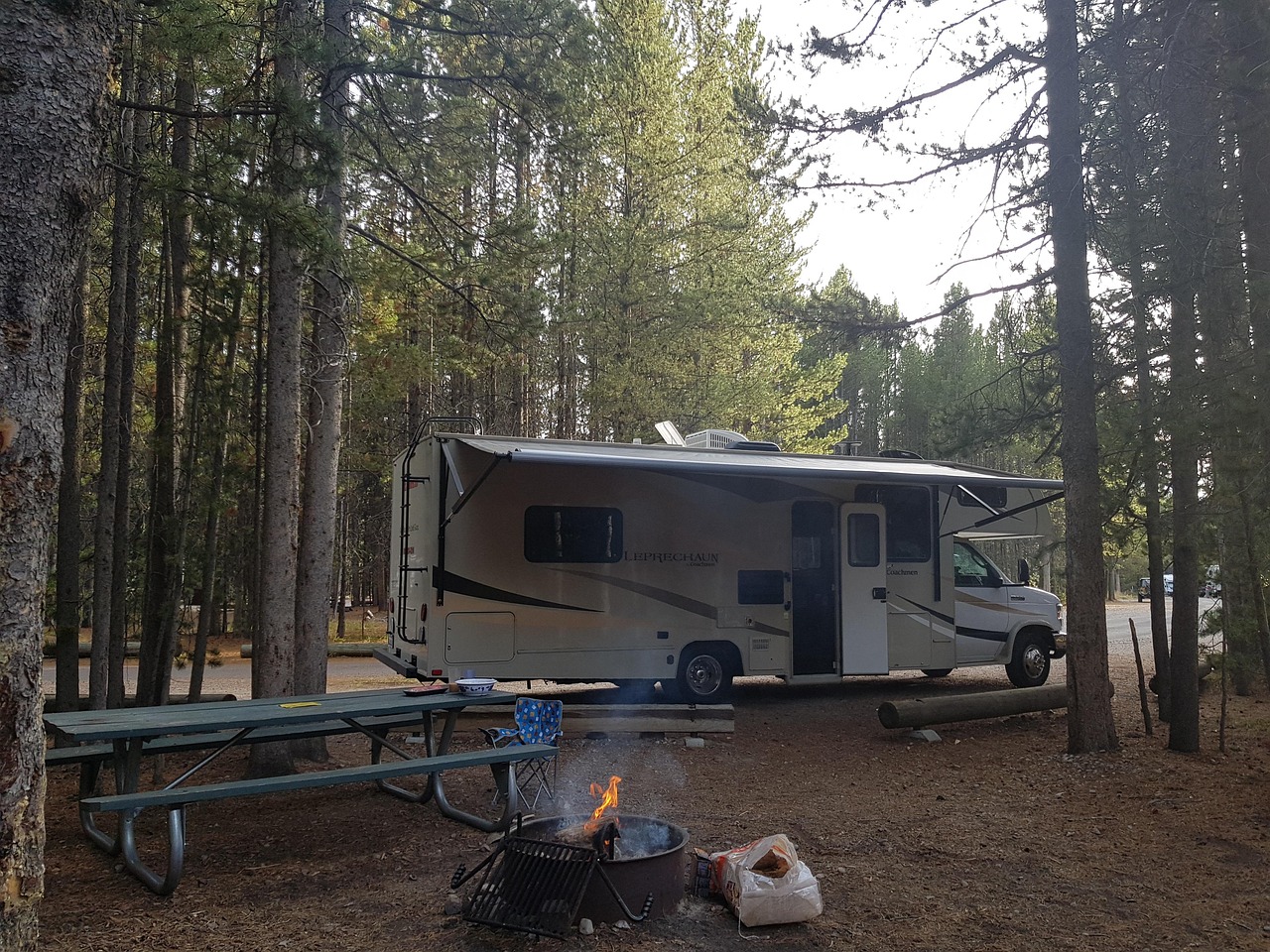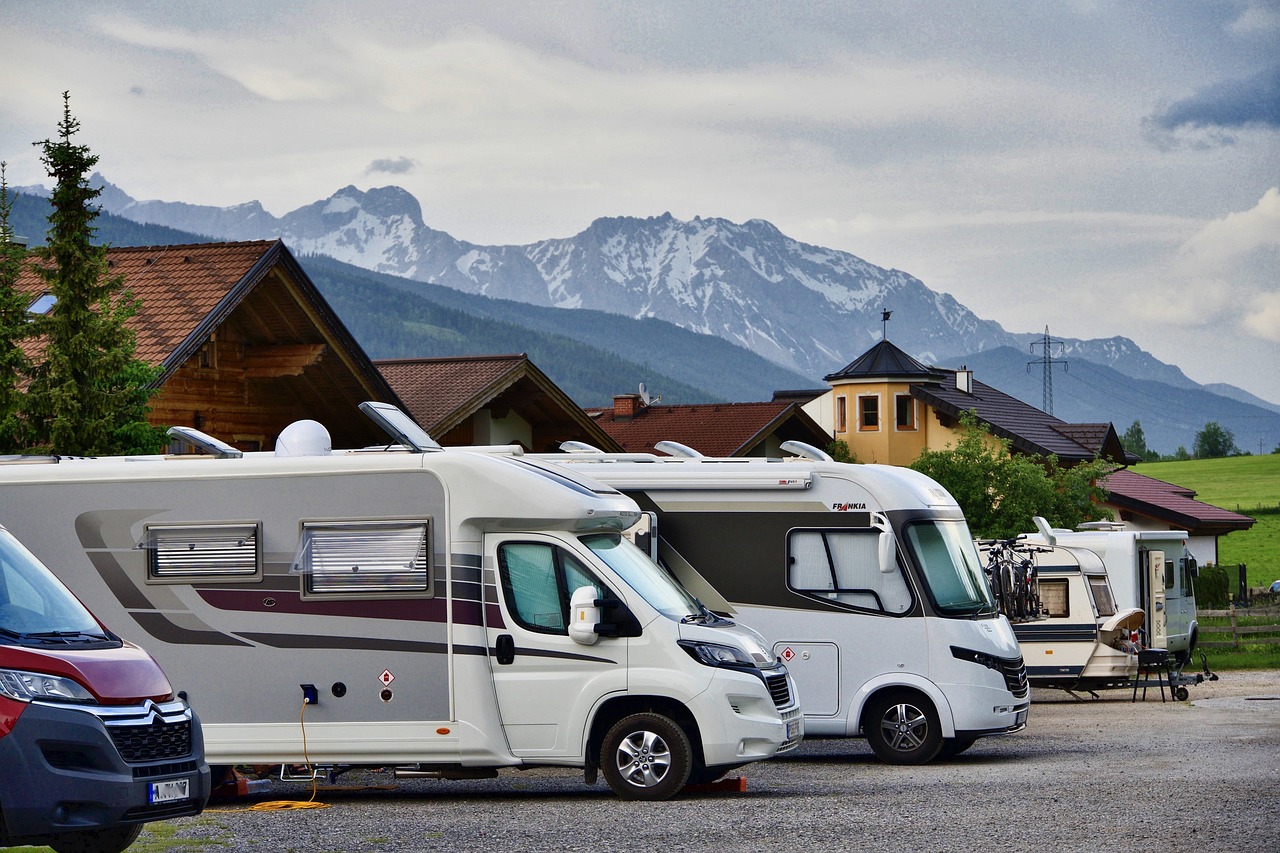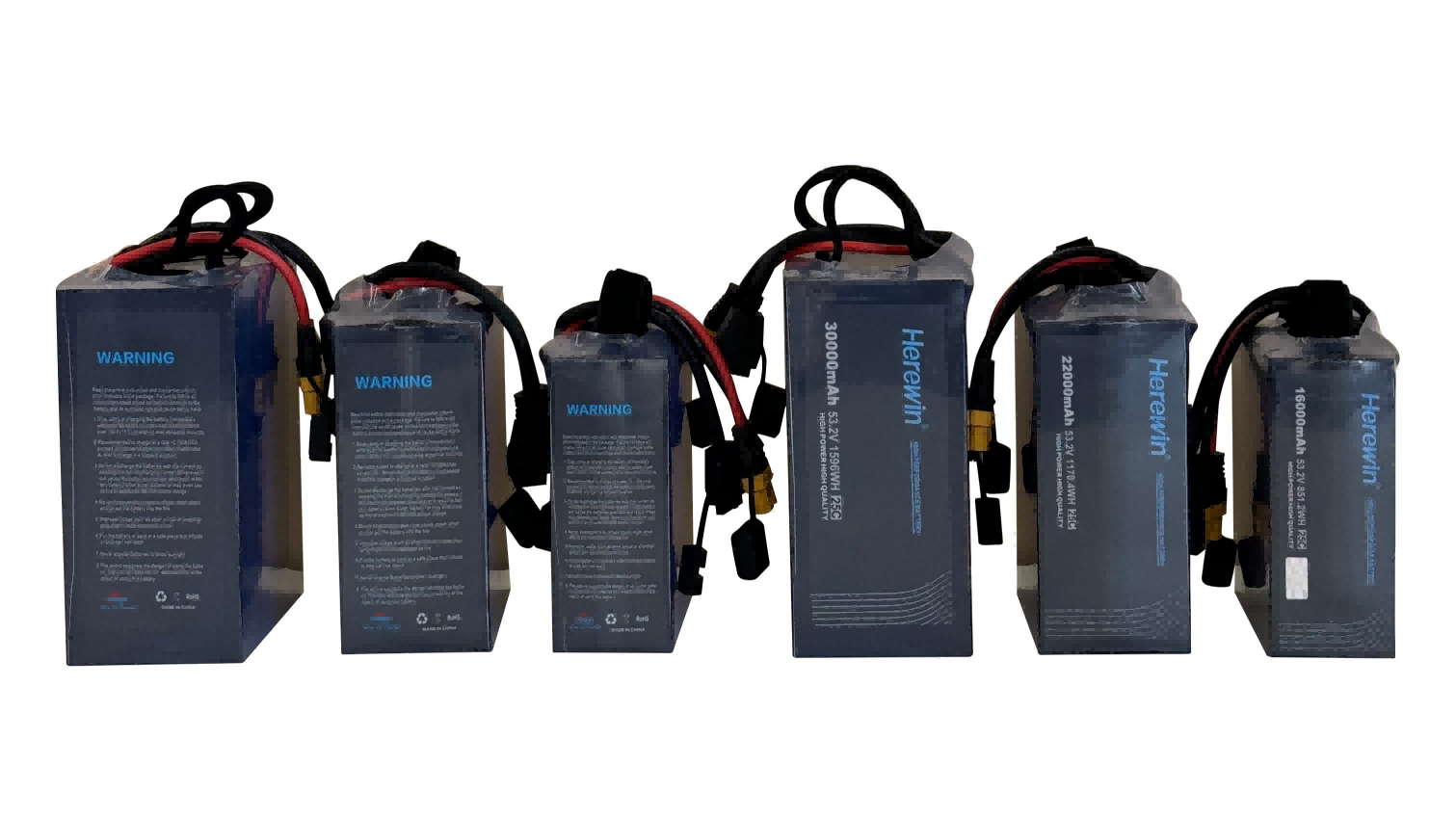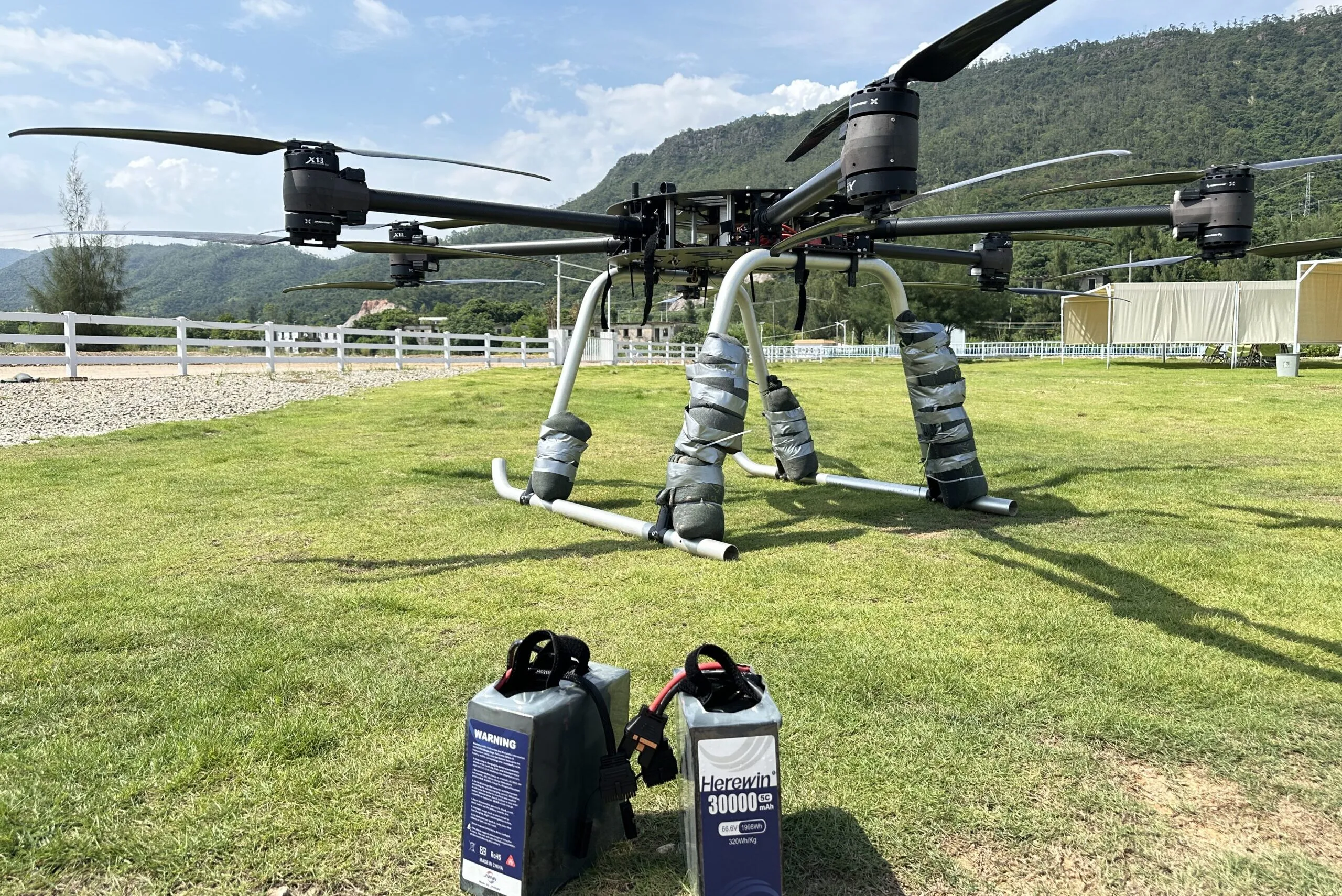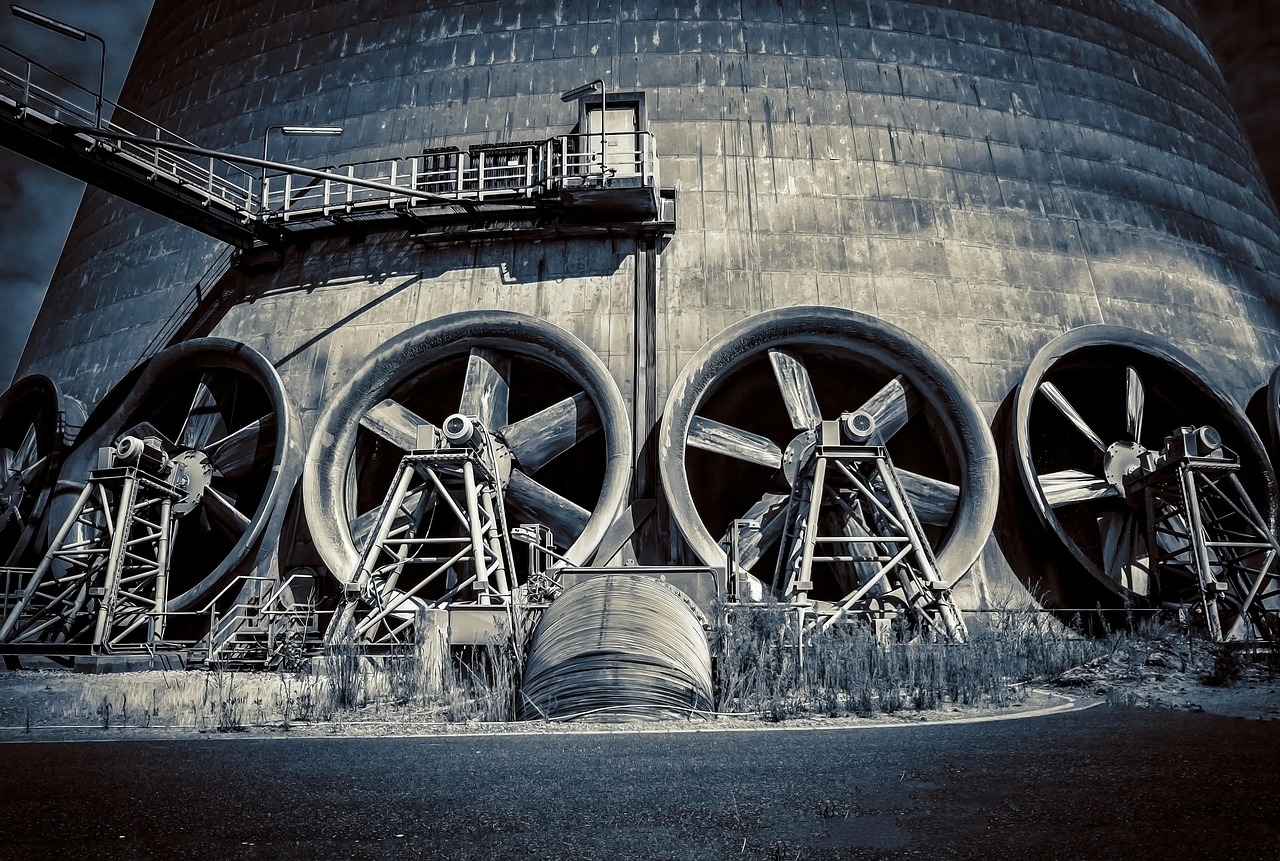
The United States is facing an increasing demand for energy storage solutions. In 2024, battery storage witnessed substantial growth, surging by 66%, with California and Texas at the forefront of this expansion. Projections indicate that the U.S. grid will require hundreds of gigawatts of energy storage by 2050. However, the nation’s diverse and often extreme weather conditions, particularly harsh winters, pose significant challenges to power reliability. This is where advanced thermal management, such as that offered by Liquid-Cooled ESS Cabinets, becomes crucial. Liquid cooling effectively regulates the internal temperature of these cabinets, ensuring optimal performance and stability. Maintaining consistent thermal conditions is paramount for guaranteeing a steady power supply, even amidst the most severe winter weather.
الوجبات الرئيسية
Very cold and hot weather harms energy storage systems. Batteries do not work as well in bad weather. This makes power not dependable.
Liquid cooling maintains a good temperature for batteries, achieving superior heat removal efficiency and uniformity. This helps batteries work best and live longer.
Liquid-cooled systems prevent batteries from getting too hot by highly efficient heat removal and hotspot suppression. This significantly lowers the likelihood of thermal runaway and fires.
These systems work well in all US weather. They keep power steady. This makes energy storage trustworthy.
While liquid cooling costs more at the start (typically 10-20% higher than air-cooled systems), it saves money later as batteries last longer and require fewer fixes.
ESS Reliability: The Extreme Winter Challenge
Temperature Extremes Impact on ESS
Very hot or cold weather hurts energy storage systems. High heat and extreme cold make batteries work worse. Cold weather slows down how chemicals react inside batteries. This means less power comes out. The battery also works less well. For example, LiFePO4 batteries don’t work as well in the cold. Cold also makes it harder for electricity to flow. This causes the battery’s power to drop a lot. It makes the battery unable to give steady power. Charging these batteries when it’s too cold can cause problems. They can swell up. Parts inside can short circuit. They can also cause irreversible capacity loss. The liquid inside gets thick. This stops them from charging right. Staying in freezing cold for too long can break them for good.
US Climate Zones and Demands
The different weather in the US makes energy storage hard. Lithium batteries work best between 15°C and 35°C (59°F to 95°F). This helps them last longer. LiFePO4 batteries work best between 15°C and 25°C (59°F and 77°F). Working outside these temperatures makes them less dependable.
battery discharge power
Cold weather directly affects how much power a battery can give. Chemical reactions slow down. This means less energy is available. The battery cannot give its full power when needed. Systems that need steady power face big problems.
BMS system accuracy
The Battery Management System (BMS) also works worse in the cold. Cold temperatures can make voltage readings jump around. This makes it hard for the BMS to know how much charge is left. It also can’t tell how healthy the battery is. Wrong information can lead to bad charging or discharging. This hurts the battery even more.
impact of cold-snap events on reliability
Sudden cold snaps really test how reliable energy storage is. Quick drops in temperature can push batteries too far. If there is no good thermal management, systems can fail. This shows why advanced cooling is so important. It helps batteries work well in low temperatures. It also makes the whole system reliable. Good cooling protects the energy storage setup.
Liquid Cooling for ESS Thermal Management
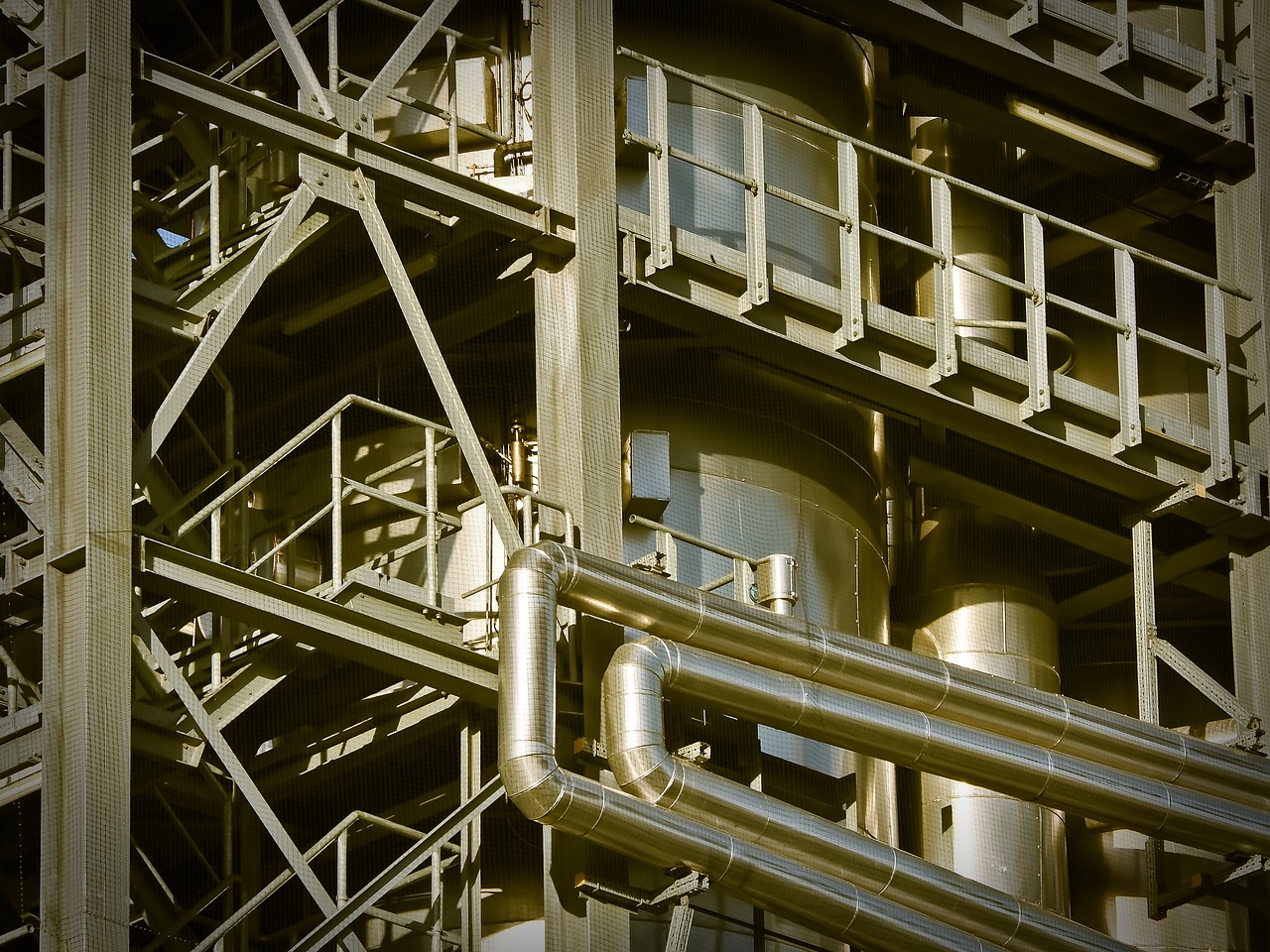
Liquid cooling is a strong way to handle heat. It works in energy storage systems. This technology uses a special liquid. It takes heat away from battery cells. It works much better than air cooling. Liquid cooling makes sure systems work well. This helps them perform reliably.
How Liquid Cooling Works
Liquid cooling systems are simple. They move a liquid coolant around. This can be water or a mix. It goes in a closed loop. The liquid touches the battery cells. Or it flows very close to them. The liquid takes in heat. This heat comes from charging and using the battery. This process works very well.
temperature uniformity
Heat moves from the battery to a baseplate. A paste helps here. The liquid then takes in this heat. Water moves heat better than air. This makes the temperature uniformity great. All battery parts stay at the same heat. The liquid moves heat evenly. This stops hot spots. All cells work at similar temperatures.
highly efficient heat transfer
The heat moves to radiator fins. This happens as the liquid moves. A radiator has a large surface. It helps air flow. This lets heat escape into the air. The warm liquid goes to the radiator. It flows through small paths. These have thin metal fins. Fans cool these fins. They quickly move heat away. The cooled liquid goes back. It then takes in more heat. This loop keeps going. It makes sure heat is managed well. This gives superior heat dissipation performance. The heat transfer efficiency of liquid-cooled systems significantly surpasses that of air cooling.
Liquid Cooling Advantages (precise auxiliary heating)
Liquid-cooled energy storage systems have many good points. They cool things very well. They can handle a lot of heat. They keep the right temperature. They do this better than air systems. This makes them perform better. Liquid cooling also makes things smaller. These systems remove more heat. They save space.
Liquid cooling also uses less energy. It cuts down on extra power use. This makes them more energy efficient. The auxiliary power consumption of liquid-cooled systems can be reduced by over 30% compared to air-cooled systems. These systems are also quieter. Also, liquid cooling can heat things precisely. This is key in cold places. It keeps the battery at its best heat. This is very important when it gets cold. Advanced thermal management systems use smart cooling. They use predictive cooling technology. They also use intelligent airflow management. They have adaptive cooling architecture. This makes sure the system works best. This technology makes the energy storage last longer. It also makes it work better.
Reliability Benefits of Liquid-Cooled ESS Cabinets
Liquid-cooled ESS cabinets are very good. They give steady power. These systems make battery parts last longer. This means they work better.
Extended Lifespan and Performance
Steady temperatures stop batteries from wearing out fast. This helps them charge and discharge well. It also makes them work better. Liquid cooling systems stop batteries from getting old too fast. This is true as liquid cooling can extend battery life by 10-30%. They keep all parts at the same heat. This slows down damage.
Good temperature control in liquid-cooled energy storage systems stops batteries from breaking down fast. It keeps them at the best heat. This stops damage from bad reactions inside. Experts say keeping cells below 40℃ is key. This stops the worst damage. Keeping all cells at the same heat is also important. Cells age differently if temperatures vary. This hurts how much power they can hold. Liquid-cooled systems can typically control the cell-to-cell temperature difference within 2℃.
Enhanced Safety and Thermal Runaway
Good temperature control lowers risks of getting too hot. Overheating is a big danger for battery systems. Liquid cooling systems in battery packs take away extra heat. This is key to stop thermal runaway. These systems work well when sensors see a fast heat rise. They turn on cooling right away. This stops the problem.
Liquid cooling moves heat better. The liquid touches battery cells. This removes heat barriers. Heat moves much faster than with air or plates. Special liquids can take in heat faster. This stops thermal runaway from spreading. If a cell breaks, the liquid holds the damage. It stops other cells from failing. Full submersion keeps all battery cells at the same heat. This stops hot spots that can cause thermal events. Liquids used in immersion cooling usually do not burn. They can stop fires by blocking oxygen. Advanced liquid cooling systems use a closed loop. They have temperature controls. They manage flow. They use heat exchangers. This keeps heat just right.
Operational Stability in All Temperatures
Liquid cooling works well in all temperatures. It works if it is 120°F or -20°F. Systems are made for -40°C to 55°C. Lithium batteries work best from 10°C – 35°C. The thermal control system is engineered to maintain the internal temperature of battery cells consistently within the optimal operating range of 10°C – 35°C regardless of external ambient temperature. Liquid cooling chillers work from -45°C to 55°C. This precise thermal control means it works well in all US climates.
Reduced Costs and Maintenance
Fewer heat problems mean less repair. This also means the system works more often. Good thermal management from liquid-cooled ESS cabinets makes parts last longer. This means less frequent changes. These systems also save energy. This lowers costs over time. Although liquid-cooled systems require periodic checks and maintenance on the coolant and pumps, paying for this technology at first is worth it because of the steady performance and reliability it provides.
Adopting Reliable Energy Storage Solutions

Installation Requirements
Liquid-cooled ESS cabinets need careful planning. You need plumbing for coolant lines. Managing the coolant system is important. It makes sure things work right. The initial installation complexity of liquid-cooled systems is higher than that of traditional air-cooled systems, due to the involvement of pumps, heat exchangers, and plumbing. Precise management of the coolant system, including regular fluid checks, leak detection, and corrosion prevention, is vital for ensuring long-term reliability. Connecting to old energy systems is also key. Transformer power must match the system’s needs. Voltage regulation keeps power steady. This stops damage to the energy storage system.
Cost-Benefit Analysis
Liquid-cooled systems cost more at first. They need coolant systems. They need pumps and heat controls. This makes them 10–20% more expensive compared to air-cooled systems. But they save a lot of money later. Liquid cooling makes batteries last longer. They often achieve an economic lifespan 10+ years longer than air-cooled systems. Liquid-cooled systems cost less to fix. They are 30-40% cheaper. This is because they have fewer moving parts. Liquid cooling uses energy better. It also keeps battery power longer. This lowers running costs.
Economic Factor | Liquid Cooling System | Air Cooling System |
|---|---|---|
Initial Investment Cost | $1.35/Wh | $1.33/Wh |
Battery Life Expectancy | 10+ years longer than air-cooled | 10-15 years |
Maintenance Cost | 30-40% lower | Standard |
System Selection
Picking a good energy storage system requires several steps, with a focus on long-term viability and operational reliability.
معايير الاختيار الرئيسية
1. Scalability and Flexibility:
Systems range from small to very large, depending on your needs. Containerized energy storage is highly favored for its flexibility and scalability. It’s easy to increase capacity, making it suitable for commercial applications like factories and data centers. Containerized units also set up fast, as they come built and ready to use, meaning lower setup costs.
2. Safety and Certification:
Safety and upkeep are key considerations. Containerized storage features separate, secure units, which simplifies checking and maintenance. Always look for systems with industry certifications like UL or IEC, which signify good quality and adherence to safety standards.
3. Vendor Trustworthiness:
The company’s reputation matters significantly. Look for a track record of technological innovation, many years of experience, and successful projects to demonstrate trust. Additionally, good post-purchase support ensures the system works well for a long time.
Vendor and Technology Considerations
High-performance systems typically incorporate smart thermal management. Quality vendors offer systems for businesses that feature smart heat control and emphasize high efficiency, stability, and trust. These industry-leading modern systems often adopt a modular design to work for different power needs and integrate advanced safety features such as multiple fire protections and Artificial Intelligence (AI) for problem diagnosis. Choosing a system with these advanced technologies maximizes the long-term value and stability of your energy storage investment.
The adoption of liquid-cooled energy storage systems marks a critical step forward in addressing the challenges posed by extreme climates to energy infrastructure. The technology’s benefit extends beyond mere performance enhancement, providing long-term stability and resilience to the grid. Successful deployment requires precise technical assessment and customized solutions.
If you require in-depth analysis of the cost-benefit, design complexity, or a tailored solution for your specific application, please feel free to contact our team of energy storage experts for a professional consultation.
الأسئلة الشائعة
What makes liquid cooling better than air cooling for ESS?
Liquid cooling moves heat better than air. It keeps all battery cells at the same temperature. This stops hot spots. It makes things work well. Air cooling has trouble with very hot or cold weather. It also spreads heat unevenly.
How does liquid cooling make batteries last longer?
Liquid cooling keeps batteries at the best temperature. Steady temperatures stop them from wearing out fast. This keeps batteries healthy. It makes them work well. It makes the energy storage system last longer.
Can liquid-cooled ESS cabinets work in very cold weather?
Yes, liquid-cooled ESS cabinets work well in very cold weather. These systems can handle temperatures as low as -40°C. Special heaters keep batteries warm enough. This makes sure they keep working.
Are liquid-cooled ESS cabinets safer?
Liquid cooling makes things safer. It quickly gets rid of extra heat. This greatly lowers the chance of a fire. The system stops overheating. This is a big safety worry for battery systems.
انظر أيضاً
Selecting Optimal UPS Batteries for Critical Business Data Center Operations
Mitigating Thermal Runaway: Advanced Safety Solutions for Battery Systems
High Temperatures Harm Forklift Batteries: Reduced Lifespan and Performance
Durable Battery Solutions for Australian Cargo Drones in Harsh Weather
Essential Maintenance Tips for Extending Lithium Battery Life in EVs

